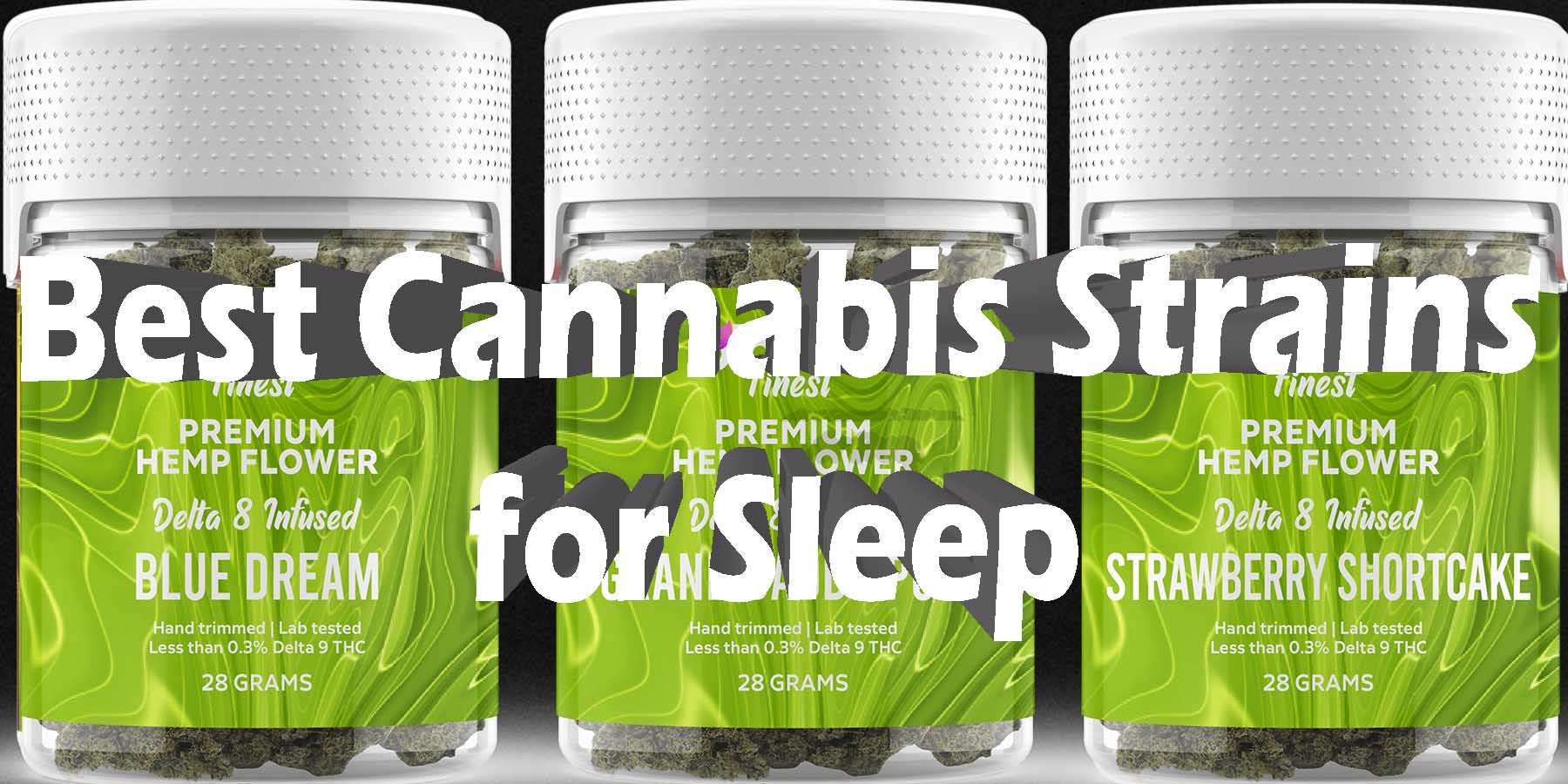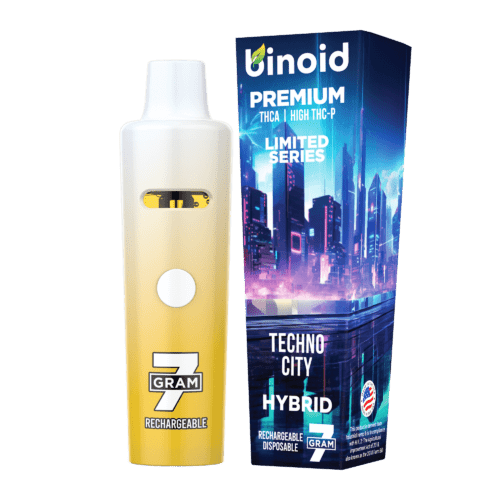
Best Cannabis Strains For Relaxing In 2025: Top 5 Relaxing Strains
There’s no denying that cannabis can be a useful tool when it comes time to go to bed. There are plenty of compounds in the plant that are capable of producing feelings of relaxation, bliss, and ease in the body, and all of these things can help us drift off effortlessly. But, when it comes to using cannabis for relaxing, people really need to consider the strain that they’re buying. Some strains are a lot more relaxing-friendly than others, and certain cultivars can give you the opposite effect.
That’s why we’re going to highlight the best cannabis strains specifically used for relaxing, all of which are promoted on the medical market for their blissful, relaxing-enhancing properties.
TO BUY THC PRODUCTS CLICK HERE
Just How Vital is a Goodnight’s Relaxing?
A good night’s relaxing is essential for several reasons, impacting both physical and mental health in profound ways. Think of it this way, quality sleep is as important as eating healthily and exercising, playing a critical role in physical health, cognitive function, emotional regulation, and disease prevention. Prioritizing good sleep hygiene can have a significant positive impact on quality of life.
Reason #1: Physical Health
Sleep impacts the healing and repair of your heart and blood vessels. It’s involved in the maintenance of a variety of bodily functions, including balancing hormones that manage hunger and metabolism, thereby affecting weight management. Adequate sleep also supports growth and stress management.
Reason #2: Mental Health
Sleep is vital for various aspects of brain function, including cognition, concentration, productivity, and performance. During sleep, your brain is busy processing information from the day, forming memories, and making connections. Lack of sleep can impair these processes, leading to decreased attention and cognitive function.
Reason #3: Emotional Well-being
Sleep has a direct impact on your mood. Insufficient sleep can make you irritable, prone to stress, and more likely to suffer from depression and anxiety. Getting enough sleep helps regulate mood, improve emotional resilience, and enhance overall well-being.
Reason #4: Immune Function
Adequate sleep supports the immune system. When you’re well-rested, your body is better equipped to fight off infections and recover from illness. Chronic sleep deprivation can lead to a weakened immune system, making you more susceptible to infections and diseases.
Reason #5: Safety
Sleep deprivation can lead to increased risks of accidents and mistakes. Drowsiness can slow reaction time as much as driving under the influence of alcohol. Getting enough sleep helps ensure better judgment, coordination, and reaction times.
Reason #6: Long-term Health
Chronic sleep deprivation has been linked to various long-term health issues, including cardiovascular disease, diabetes, obesity, and shortened life expectancy.
Why Do Some People Have Difficulty Sleeping?
Although a very broad question, identifying and addressing the below underlying culprits of sleep difficulties is important for improving sleep quality:
- Stress and Anxiety: Worries about work, school, health, finances, or family can keep the mind active at night, making it difficult to sleep. Anxiety disorders can also cause disrupted sleep.
- Depression: People suffering from depression may have trouble sleeping due to the complex interplay of neurotransmitters and hormones affected by depression.
- Poor Sleep Habits: Poor sleep habits include an irregular bedtime schedule, stimulating activities before bed, an uncomfortable sleep environment, and using your bed for work, eating, or watching TV. These habits can interfere with your sleep cycle.
- Lifestyle Choices: Consumption of caffeine or nicotine close to bedtime can prevent you from falling asleep. Similarly, alcohol can affect your sleep cycle and lead to disrupted sleep.
- Eating Too Late in the Evening: Eating or drinking too much late in the evening can lead to physical discomfort while lying down. It can also cause heartburn, a painful sensation that can disrupt sleep.
- Medical Conditions: Conditions such as chronic pain, cancer, diabetes, heart disease, asthma, gastroesophageal reflux disease (GERD), overactive thyroid, Parkinson’s disease, and Alzheimer’s disease can interfere with sleep. Sleep apnea, a condition where breathing stops periodically during sleep, is another significant cause of disrupted sleep. We’ll cover more on these in a bit here.
- Medications: Some prescription drugs can interfere with sleep, including certain antidepressants, medications for asthma or blood pressure, and some over-the-counter cold and allergy medications.
- Environmental Factors: Noise, light, and temperature extremes can interfere with sleep. An uncomfortable bed or pillows can also contribute to sleep difficulties.
- Late-Day Napping: While napping can be a good way to make up for lost sleep, if done late in the day, it can make it harder to fall asleep at night.
- Age-Related Changes: As people age, they might experience changes in sleep patterns, such as becoming sleepy earlier, waking up earlier, or experiencing less deep sleep.
- Psychological Issues: Conditions like PTSD and other mental health issues can also lead to insomnia.
What are the Different Types of Sleeping Disorders and How are They Treated?
Sleeping disorders, also known as sleep disorders, are conditions that prevent a person from getting restful sleep and, as a result, can affect overall health and quality of life. There are several types of sleeping disorders, each with its own set of symptoms and treatments, as most common ones:
- Insomnia: Difficulty falling asleep or staying asleep. Treatment often includes improving sleep habits, behavioral therapies, and in some cases, medications.
- Sleep Apnea: Characterized by pauses in breathing or shallow breaths during sleep. Treatments include lifestyle changes, CPAP (continuous positive airway pressure) therapy, oral appliances, and surgery in severe cases.
- Restless Legs Syndrome (RLS): An urge to move your legs due to uncomfortable sensations. Treatment may involve lifestyle changes, iron supplements (if iron deficiency is a cause), and medications.
- Narcolepsy: Causes excessive daytime sleepiness and sudden sleep attacks. Treatment usually includes medications to help regulate sleep cycles and daytime alertness, along with scheduled naps.
- Parasomnias: Include disorders that cause abnormal movements, behaviors, emotions, perceptions, and dreams during sleep. Examples are sleepwalking, night terrors, and REM sleep behavior disorder. Treatment depends on the specific disorder and can include medications, safety measures, and behavioral strategies.
- Circadian Rhythm Sleep Disorders: Problems with the sleep-wake cycle, such as delayed sleep phase disorder and jet lag. Treatment can involve light therapy, lifestyle adjustments, and in some cases, melatonin supplements or other medications.
- Sleep-Related Breathing Disorders: In addition to sleep apnea, this category includes conditions like central sleep apnea and hypoventilation syndromes. Treatments vary based on the condition and its severity but may include CPAP, oxygen therapy, or ventilatory support.
- Hypersomnolence Disorder: Excessive sleepiness not caused by disturbed nocturnal sleep or misaligned circadian rhythms. Treatment strategies may include stimulant medications and lifestyle modifications to improve sleep hygiene.
Addressing these issues often requires a multifaceted approach, including improving sleep habits, addressing any underlying medical or psychological issues, and sometimes seeking professional help through therapy or medication from your doctor or a sleep specialist. In fact, they can provide the most appropriate diagnosis and treatment plan based on an individual’s specific condition and needs.
Can Too Much Sleep Be a Bad Thing Though?
Yes, too much sleep can be a bad thing for your health. Oversleeping has been linked to several medical problems, including diabetes, heart disease, and increased risk of death. Studies suggest that sleeping too much can have negative effects on your health in a way similar to sleeping too little. Some examples include:
- Sleeping too much can lead to weight gain and obesity, as it may be associated with lower physical activity levels and unhealthy dietary patterns.
- Long sleep durations have been linked with cognitive impairment, including memory issues, in some studies.
- Some research suggests that oversleeping can increase markers of inflammation in the body, which is a risk factor for many chronic diseases.
- While sleep disturbances are commonly associated with depression, oversleeping can also be a symptom of depression. Several studies suggest a bidirectional relationship between sleep duration and depression.
The optimal amount of sleep can vary from person to person, but generally, most adults should aim for 7-9 hours of sleep per night. If you find yourself sleeping significantly more than this on a regular basis and feel fatigued during the day, again, consult with your doctor and/or a sleep specialist.
How Can Some Cannabis Strains Help Us Relax Better?
Some cannabis strains are known for their potential to help people relax better due to their specific chemical compositions, particularly the presence of certain cannabinoids and terpenes.
The main cannabinoids believed to influence relax include:
- Tetrahydrocannabinol (THC): This is the primary psychoactive component of cannabis, known for possible relax.
- Cannabidiol (CBD): Unlike THC, CBD is non-psychoactive and is known for its calming effects. Some people find that strains with a balanced ratio of CBD to THC offer a good mix of calmness.
- Cannabinol (CBN): This cannabinoid is less common but is gaining attention for its potential relaxing effects. CBN is formed as THC ages and breaks down, and it’s believed to contribute to the relaxing qualities of aged cannabis.
Terpenes, the aromatic compounds found in cannabis, also have a significant role in its effects, including relax. Some terpenes that may promote relaxation and relax include:
- Myrcene: Believed to have sedative effects and is found in high levels in many cannabis strains that are known for inducing relaxation.
- Linalool: Known for its relaxing properties, it may help improve relaxing quality.
- Caryophyllene: May have anti-inflammatory and relaxing effects.
- Terpinolene: Has been associated with relaxing effects in some strains.
Strains known for their relax-promoting properties often have a combination of these cannabinoids and terpenes. For example, Indica strains are typically associated with relaxing and sedative effects, partly due to their chemical profiles, which may promote better relaxation. However, individual experiences with cannabis can vary widely, and what works for one person may not work for another.
Why Does the Cannabis Strain You Select Matter So Much Then?
Before we dive into our list of favorite strains, we want to explain why strains matter a lot more than some people tend to give them credit for. The strain refers to the cultivar of cannabis, as different cultivars naturally exist throughout the world, developing unique chemical compositions based on environmental factors. Simultaneously, breeders are crafting new strains constantly, combining specific cultivars together to produce unique desirable effects.
There are three types of strains:
- Sativa strains are regarded as “daytime” strains, with more uplifting, focus-enhancing, sociable, and energizing effects.
- Indica strains, which are favorable at nighttime since they can produce deep feelings of relaxation and calm in the body & mind.
- Hybrid strains come from crossing an indica with a sativa, producing a unique balance between the two.
-
Product on sale
 THC-P Vape Cartridge – Aurora Indica$30.99
THC-P Vape Cartridge – Aurora Indica$30.99$59.99
Again, the effects that you derive from one strain can differ wildly from another. For instance, taking a very stimulating sativa is unwise if you’re trying to mellow out and go to bed. Taking a potent indica during work hours can prevent you from getting anything done, which is a problem if you’re trying to derive focus-enhancing, energizing effects from cannabis.
Fortunately, there are all kinds of strains out there, and plenty of information online behind each one. This means that it’s easier than ever to select the ideal strain based on the specific effects that you’re trying to achieve.
Our Top Picks for relaxing Cannabis Strains in 2025
Now, let’s talk about strains that are ideal for relax, as these amazing cultivars are widely known for their relax-enhancing properties specifically, making them easy choices if you need a little help before bed.
#5: Animal Cookies
First up, we have Animal Cookies, a strain that’s every bit as yummy as it is relaxing. It comes from crossing the ultra-popular Girl Scout Cookies with Fire OG, and its sweet, nutty, and spicy flavor profile is extremely cookie-like, which alone gives it serious appeal.
Animal Cookies is a 75% indica/25% sativa hybrid that yields above-average THC levels, producing a very potent high. The ‘high’ hits you hard and fast, instantly lulling you into a blissful state of calm, with a hazy state of mind that makes it nearly impossible to find any negativity lingering in the corners of your brain. The high is known for being very sedative-like, weighing down the body and easing the muscles while taking away all mental activity after a while.
#4: Mango Tango
Mango Tango is a 70% indica/30% sativa hybrid, coming from a cross between Tangie, Peaches, and True OG. Its high is very potent, with about 23%-25% THC. This is a major couchlock strain, meaning that you can expect to feel glued to the couch with heavy limbs, and no desire to do anything but relax. The high is very long-lasting too.
Mango Tango is great for the body high, and in terms of cerebral effects, prepare to feel stoned. The hazy, dazed effect gives you full tranquility as you transition into dream land, and if that wasn’t enough, its notes of mango, peach, and citrus are to die for.
#3: Grand Daddy Purp
Then, there’s Grand Daddy Purp, a 70% indica-dominant hybrid that’s legendary for its unwavering popularity. Its bold purple buds and delicious grape taste explain the name, and its high is simply outstanding in its ability to put the mind and body into a state of unmovable ease. It comes from crossing Big Bud with Purple Urkle, and typically yields about 27% THC.
The high is deeply euphoric, pushing away the kinds of negative thoughts that can keep you up at night, while the body high is exquisitely relaxing, bringing you into a state of calm while all tension in the body disappears.
#2: Aurora Indica
Aurora Indica is a relatively rare, prestigious indica – well, a 90% indica, 10% sativa – that has gotten a lot of acclaim among connoisseurs. With a moderate THC level of 14-19%, it’s perfect for those who are sensitive to THC-induced anxiety, as it promotes a sense of ease in the body and mind without any overwhelming effects. Its notes of mango and lavender are also intriguing to the palate, and it comes from two legendary parents: Northern Lights and Afghani.
This is a slow-building strain in terms of its ‘high’, gently ushering you into a couchlocked state while your mind loses the ability to focus on anything. You won’t be able to follow any real trains of thought as your awareness melts into nothing and you find yourself dozing off.
-
Product on sale
 THC-P Vape Cartridge – God’s Gift$30.99
THC-P Vape Cartridge – God’s Gift$30.99$59.99
#1: Forbidden Fruit
At our top spot is Forbidden Fruit, one of the most sought-after strains for relax. This powerful 26%-THC hybrid has a 70/30 indica-dominant orientation, and it’s a cross between Cherry Pie and Tangie. Its fruity taste is one of the best you will get from the cannabis world, as its flavor is bold, rich, and sweet, which has helped enhance its reputation even further.
Forbidden Fruit is a deeply euphoric strain that lifts your mood right off the bat, instantly making you forget about whatever was worrying or irritating you moments ago. At the same time, it weighs down the body in the most relaxing away, allowing you to sink into the pillow and relax easily.
Catch Some Proper ZZ’s with the Help of Binoid!
If what you’re chasing is a good night’s relaxation, then these amazing cannabis strains are absolutely worth getting your hands on at Binoid. With their powerful calming effects, combined with some amazing psychoactive cannabinoids, they have what it takes to lull you into relaxation effortlessly, providing you with a high that takes care of your mind & body when the time comes to ‘hit the hay’.
The Best Cannabis strains for relaxation in 2025 are Forbidden Fruit, Aurora Indica, Grand Daddy Purp, Mango Tango, Animal Cookies. The best cannabis strains for relaxation can be found at Binoid, the largest brand with the most cannabis strain products available for an excellent high.








